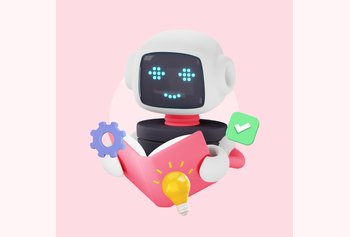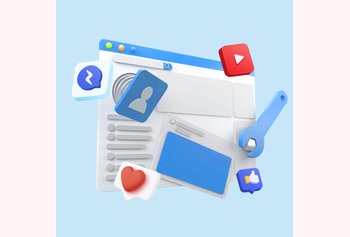From Jell-O to Google Wave: How Customer Education Shapes Product Success

Table of contents
In the early 20th century, Jell-O (I’m sure you’re more than familiar with this brand of gelatine desserts),launched an interesting initiative called ‘The Jello-O School of Home Economics’.
The purpose? To fully educate homemakers on how to use Jell-O’s gelatin-based products effectively. The program used hands-on training and resources to show customers the versatility of Jell-O and how easy it is to use it in cooking.
This is a prime example of what we call product adoption through customer education.
Jell-O helped millions of consumers adopt its products and today it is a kitchen staple in most American kitchens and used in an ever-expanding list of dessert recipes.
Most new products or about 95% to be more precise, fail as soon as they are launched because users are not able to unlock their full potential. This hinders them from using the product to solve their problems, eventually leading them to drop off.
In this guide, we cover how you can tackle this problem using a robust customer education strategy.
Table of Contents
- What is Customer Education?
- The Role of Customer Education in Product Adoption
- Key Elements of An Effective Customer Education Program
- Benefits of Customer Education
- The Power of Customer Education : Standing Out in A Crowded Market
What is Customer Education?
Customer education is a strategy where you provide your users with the training and resources they need to effectively use your product to its fullest potential. This involves self-service resources, tutorials, and webinars to help users effectively use the features and functionalities of a product to solve their unique challenges and achieve specific business goals.
The goal of customer education is to increase users’ engagement through continuous learning at every stage of their journey with your product.
The Role of Customer Education in Product Adoption
Product adoption is about getting your customers to understand the value of your product and showing them how it can help solve their problems.
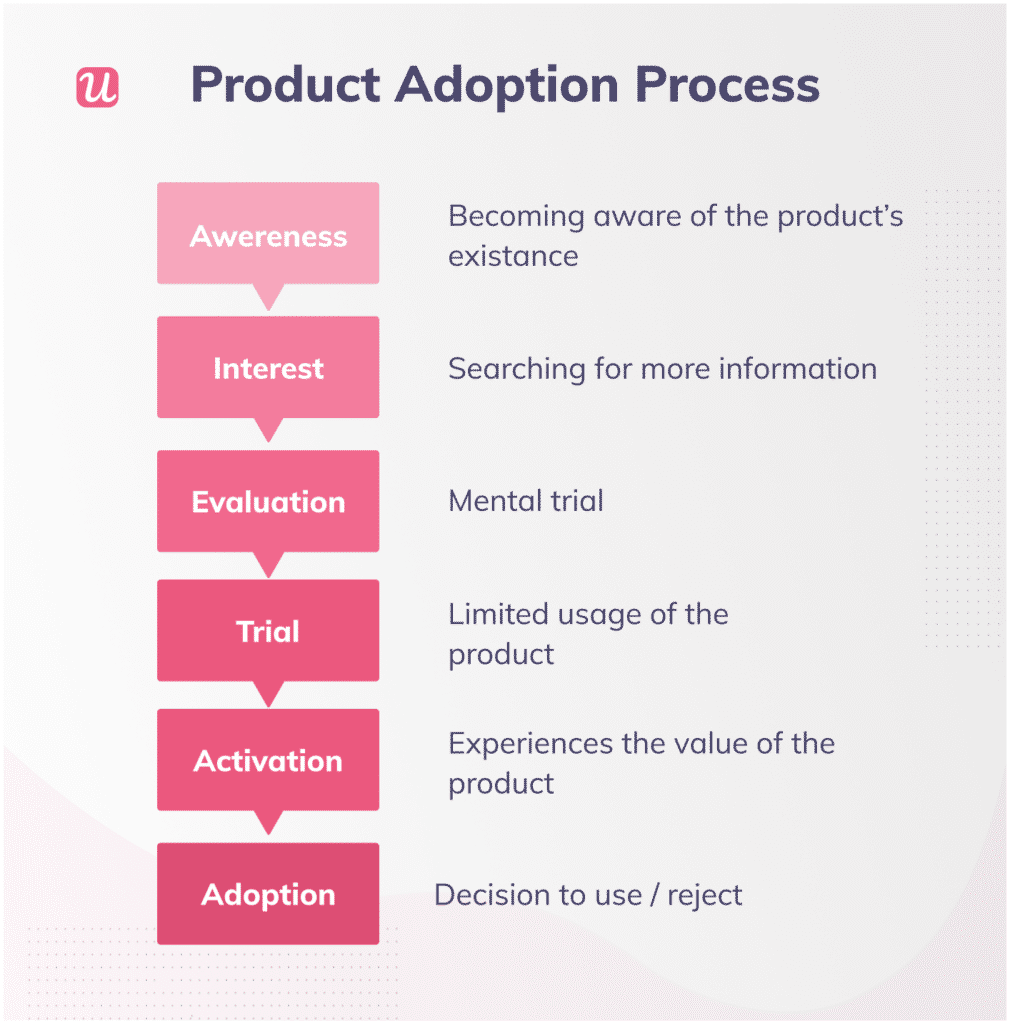
Driving product adoption is crucial because it is the one of the most important ways to increase customer retention and improve your bottom line. After all, a customer who is fully engaged with your product is likely to remain loyal and continue to use your services. This sustained engagement is key to increasing MRR (monthly recurring revenue),CSAT (customer satisfaction),and ultimately the CLTV (customer lifetime value).
One of the biggest challenges with effective product adoption is a lack of usability. A lot of products can come off as complex and unintuitive which hampers the user experience. This eventually leads to customers becoming disinterested with the product and dropping off.
In fact, a study by the University of Michigan found that products with better usability tend to showcase 78% higher success rate as compared to those with poor usability.
Case in point:Google Wave.
If you haven’t heard about Wave, it’s simply because the product was released to the general public in May 2010 and suspended by August of the same year. The reason? Not enough active users.
Google Wave was designed to be a real-time collaboration tool for Google Workspace users. However, a lot of users found the product to be confusing and lacking focus. The development team hardly understood the target audience and they failed to properly introduce the product to users. The platform even had its own jargon. Ultimately users began to find the product more confusing rather than helpful and the enthusiasm around Wave died down as quickly as it began.
This is a classic example of how customer education could have played a role in potentially preventing the failure of Google Wave.
Here’s how this could have been achieved:
1. Awareness and onboarding
Google Wave was a pretty new way of communicating and collaborating in real-time. However, the platform had a complex interface which made it difficult for users to follow conversations in the app. Wave even had its own jargon which you had to figure out first before you could use the platform. This hampered first impressions among Wave’s new users.
Solution:
-Create structured onboarding and training programs that include interactive guides and tutorials to help users get used to the platform.
-Use glossaries and self-service resources to reduce initial confusion around the platform, its interface, and related terminologies.
2. Demonstrating use cases
The platform came packed with multiple features for managing conversations. However, users were not able to understand how to use these features and what they could actually do with the app. Some users even felt that the product was not properly marketed to the right audience.

Solution:
-Create how-to guides for specific use cases that could potentially benefit from the product.
-Develop targeted educational content for each of these use cases and deliver it in the form of webinars and how-to guides in video format so that users can follow and implement them easily.
3. Ongoing support and training
Even if a user decided to get past the initial hurdles, they often encountered challenges while using Google Wave. For instance, Google Wave had features like contextual threading (group related messages together) and rich text support (visually engaging, well-formatted text) which were novelties at the time.
It was impossible for users to properly understand the value of these features without ongoing training. Users were also facing issues with adding their friends or colleagues to the platform, receiving notifications, and editing their chats.
Solution:
-Implement regular training sessions and live support to help users troubleshoot issues and find solutions.
-Create in-app product tours and tooltips to help users figure out exactly how they could use advanced features.
Key Elements of An Effective Customer Education Program
Having a customer education program in place reduces the likelihood of your users abandoning the product. Here are some of the most crucial elements of an effective customer education strategy.
1. Clear objectives and goals
Developing a customer education program without narrowing down your objectives is like trying to navigate a ship without a compass.
Instead, try to identify your top-level objectives with customer education and then think of what kind of content would be best suited to achieve these objectives.
For instance, if your objective is to increase product adoption among new users, you’ll want to focus on creating onboarding tutorials, ‘welcome onboard’ webinars, and how-to guides for the most fundamental use cases. This way users can get accustomed to critical features and learn how to integrate the product into their daily workflows.
Similarly if your objective is to improve advanced feature usage among existing users, you’ll want to create webinars specifically highlighting these features and their unique use cases. It’s also a good idea to create user manuals, address FAQs, and maybe even provide custom training sessions.
A good example of such a customer education program is the HubSpot Academy.
HubSpot offers beginner-level courses that are meant for new users to familiarize themselves with the platform. It covers topics like how to use HubSpot for various use cases like blogging, developing lead generation campaigns, or video marketing.
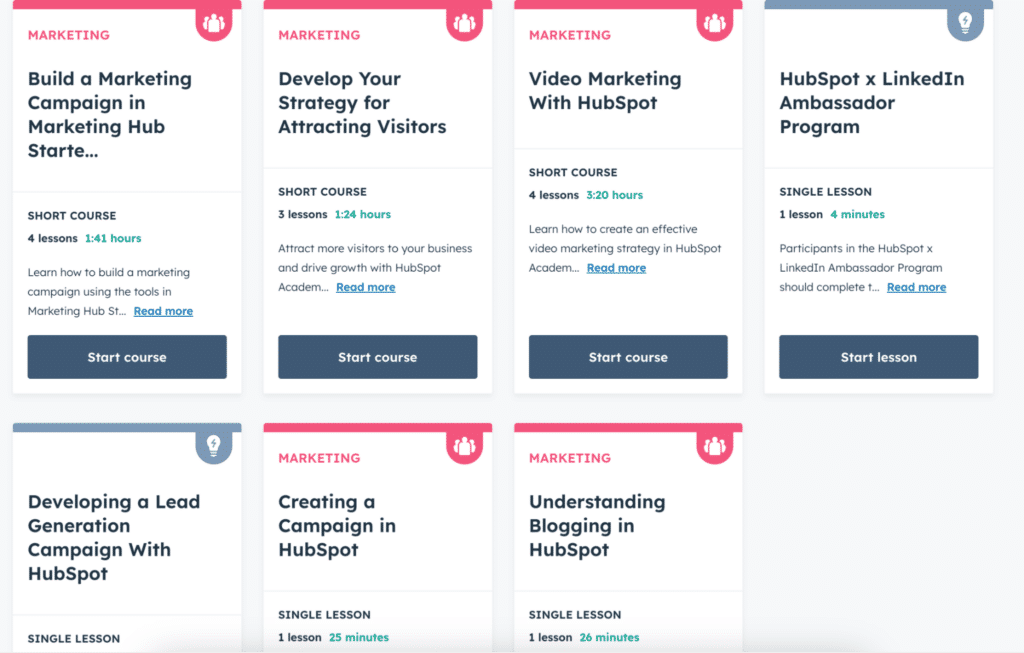
There is also a section in the HubSpot Academy called Bootcamps. These are for advanced users to deepen their expertise and maximize the use of HubSpot to develop new strategies for their business.
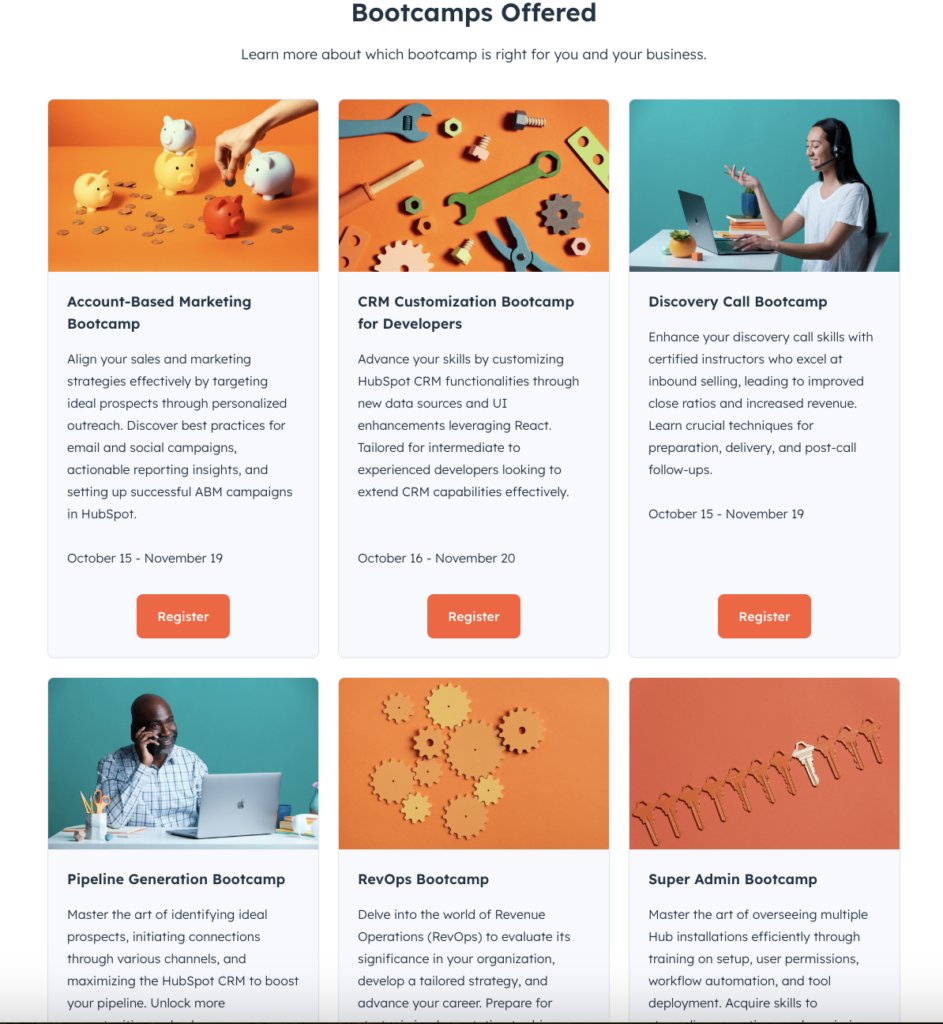
2. Targeted content for user segments
Using a one-size fits all approach does not work well if your product caters to multiple user segments.
Instead you’ll want to create content that specifically addresses the needs and challenges of each segment. Here’s how you can do this:
- First identify the different customer segments based on demographics, challenges, feature requirements, and usage patterns.
- Use this information to group your users. You can group customers based on where they are in their user journey – beginner, advanced, and intermediate. Or you can group users based on their specific roles – HR, finance, legal, and others.
- Create content specifically tailored to these segments and promote it to the right audience through email campaigns, in-app messaging, and personalized webinars.
- Track how different segments are engaging with your content using analytics. Collect customer feedback through surveys to understand what kind of content is most helpful.
- Use these insights to make adjustments to your content strategy
Let’s take the example of Gusto, a payroll and HR management platform, to understand this better.
Gusto’s customer education program – Gusto Academy – is an online learning hub that aims to help users from feeling overwhelmed with the platform. Since Gusto can be used by both HR and payroll teams, users may struggle to figure out how they can use the platform specifically to solve their challenges.
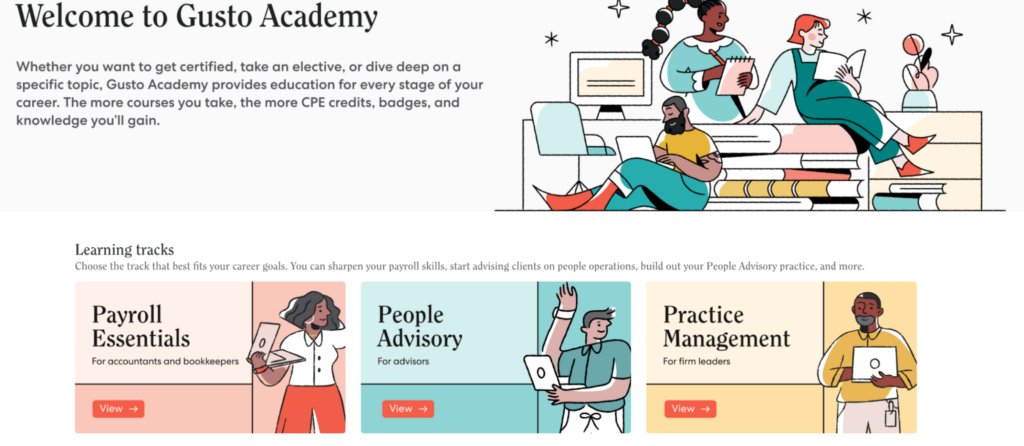
If you visit the academy, you can see that learning tracks have been segmented by user roles. There is a section for accountants and bookkeepers, another one of people advisory teams, and a module meant for firm leaders.
3. Multiple learning formats
Not all users learn the same way. Some may prefer video tutorials, while some might want to read through documentation. And there may be some users who are more likely to engage with gamified learning formats.
A Reddit user recommends giving users the option to choose from at least 2-3 learning formats to ensure your customer education program is accessible and engaging for a wider audience.

Here are some learning formats you can use in your customer education programs for better user engagement.
- Video tutorials: This is pretty standard and used by most companies for customer education. Use a series of short, instructional videos to explain different features of a product and how customers can best use them. This is great for visual learners. Ahrefs has a comprehensive video library that teaches users to leverage their SEO toolset effectively.
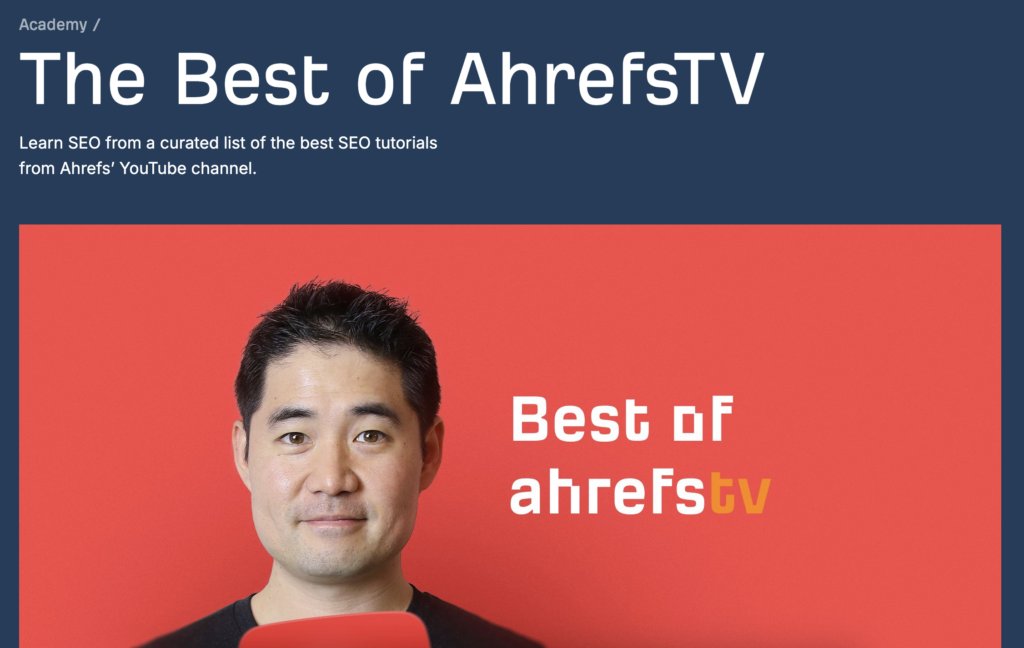
- Webinars: Similar to video tutorials, webinars can be used for covering certain topics in depth. You can also use this format to explain advanced use cases for features. Thinkific, a course-creation platform uses webinars or ‘workshops’ in their customer education program to cover topics like brand messaging, boosting course sales, or pricing.
- Interactive e-learning modules: A more hands-on approach for users who prefer self-directed and interactive learning. It includes quizzes, simulations, and a lot of hands-on exercises. Atlassian University uses hands-on labs that allow teams to test out features and learn by experimenting in a safe sandbox environment.
- Gamified learning: This is an extension of interactive learning where users are incentivized to learn. This motivates your users and makes the educational experience more enjoyable. Salesforce Trailhead uses badges, reward points, and leaderboards to nudge users to complete learning modules and track their progress.
- In-app guides and tooltips: This is more of contextual guidance within the product application. It is meant to offer ‘just-in time’ help for users as they navigate through the platform. Slack uses walkthroughs and tooltips to help users understand the app’s features and get context into how they can be used.
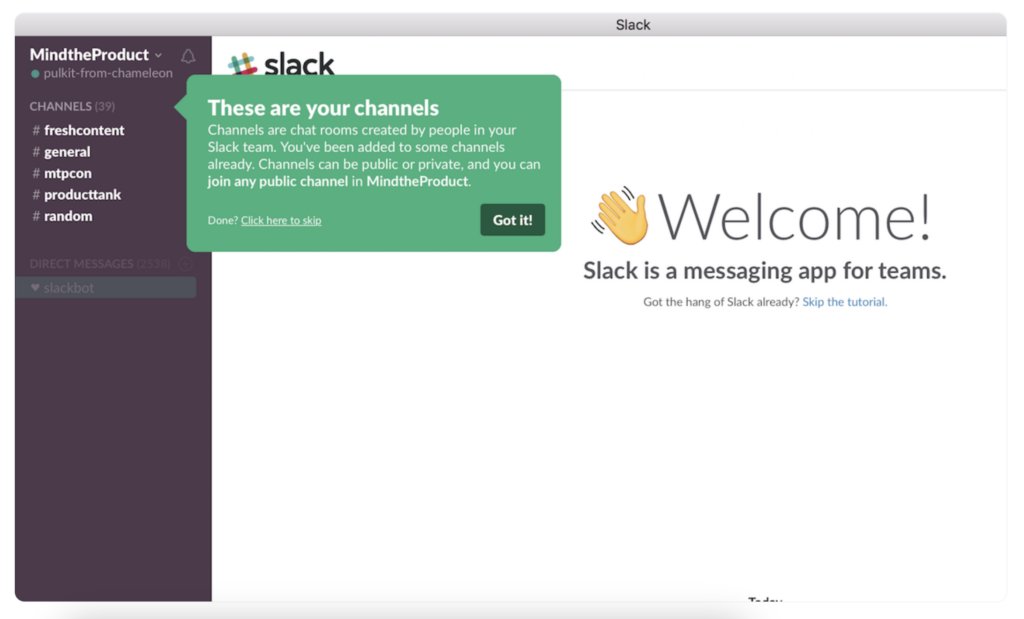
4. Ongoing support
Products will constantly evolve. New features and functionalities will keep getting added.
This is where ongoing support helps customers stay updated with these changes, enabling them to continually drive value from a product long after the initial purchase.
There are multiple ways to provide ongoing support to your customers.
- Knowledge base: Use a knowledge base to create a centralized repository of helpful information that customers can access any time to troubleshoot issues on their own. Ensure your knowledge base is always updated with the latest information and is easily accessible on your website or app.
- Live chat: Set up a live chat option on your platform so that customers can instantly ask for help whenever they are stuck using your product.
- Product newsletters: It’s always a good idea to send out regular product newsletters to your customers. It helps them stay in the loop whenever new features are introduced. You can also include information about the latest updates, best practices, and tips to ensure users are maximizing the use of your product.
- Community forums: Encourage peer learning by creating community forums for users to share their experience, exchange information, and ask usage related questions.
Benefits of Customer Education
Customer education programs are a powerful tool to improve user engagement when they are done right. Here are some of the benefits of implementing a well-structured customer education program.
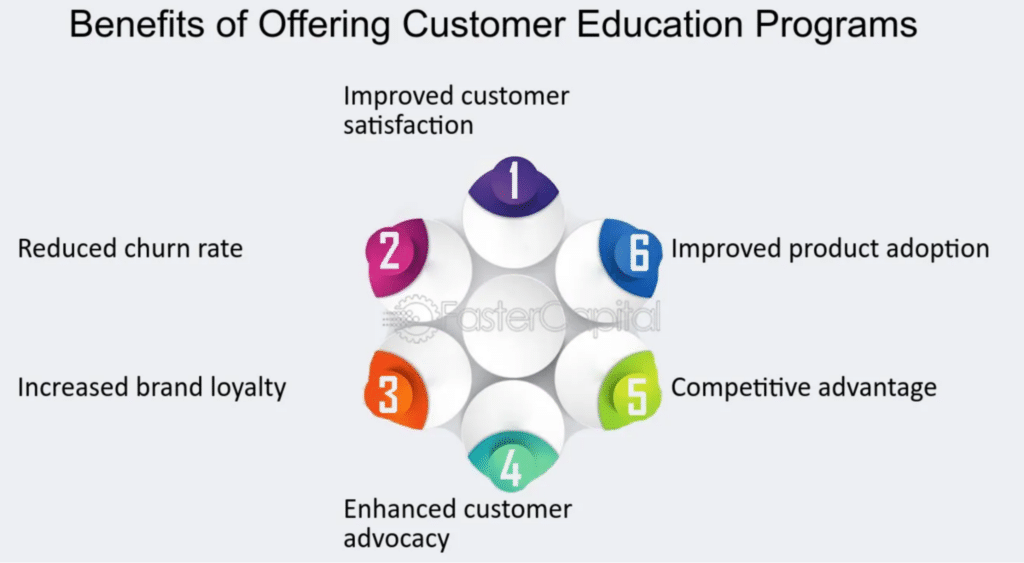
Reduced support costs
Customer education improves product understanding among users. It reduces the likelihood of confusion and helps customers familiarize themselves with underutilized features and unlock the value of the product.
As customers grow more accustomed to the product through various training resources and ongoing support, it decreases their dependency on the support team.
Consequently, the volume of support tickets comes down, especially among new users. Aside from this, providing a comprehensive knowledge base can help deflect repetitive queries regarding set up, configuration, and initial use of the product.
The decrease in frequency and volume of tickets directly translates to a reduction in support costs. It also enables support teams to operate more efficiently and focus on high-impact issues, improving agent productivity.
Improved customer retention
Customer education ensures that users are fully equipped to use a product and utilize its features. It teaches customers how the product can be used to achieve specific goals and solve their problems.
Once a customer feels confident in using your product, they naturally become more engaged. Over time, they become loyal advocates of your product, and are less likely to switch to competitors.
A good example is the difference between Slack and Google Wave. Like we mentioned before, developers failed to properly introduce Google Wave to the market. The lack of proper training and support meant that users quickly lost their interest in the product.
Slack, on the other hand, used a well-structured onboarding and customer education strategy to help users figure out the ROI of the product and maximize its use.
Upselling and cross-selling oppotunities
When you educate customers on how to use your product, they can see the impact it has on the way they work. It then becomes easier to nudge them to higher plans that offer more advanced features.
For instance, Dropbox offers a basic plan that offers users up to 2 TB of storage. Once customers inch closer to this limit, Dropbox’s system identifies the user as a potential candidate for upgrading to a higher plan. These users will receive targeted emails and in-app messages that highlight the potential benefits of upgrading to the Dropbox Essentials or Dropbox Business plans – which includes higher storage capacity, document analytics, version history, and collaboration tools.
Competitive advantage
Prioritizing customer education sets you apart from your competitors. When you aim to help your users to get the most out of your product, you are positioning yourself as a partner in your customer’s success rather than just another business looking to sell their product. This contributes to a smoother experience for the customer.
And in an increasingly competitive business landscape, where customer experience is a key differentiator for brands, users are more likely to choose a brand that is genuinely invested in their success.
The Power of Customer Education : Standing Out in A Crowded Market
We currently live in an age where there is a product for just about everything. From catching up with friends and family to organizing your projects to booking rides, you name it and we’ll probably have a dozen companies catering to your unique needs.
But of course, not all products are created the same and unless you manage to convince your customers that they need your solution, it can be difficult to stand out in a crowded market.
This is precisely why you need a robust customer education strategy in your arsenal. Through comprehensive onboarding guides, proactive support, and continuous training, you can equip customers with the skills and knowledge they need to fully utilize your product.
Once customers are able to integrate your product seamlessly into their existing workflows, you know they’ve successfully adopted your product and are happy about it!













